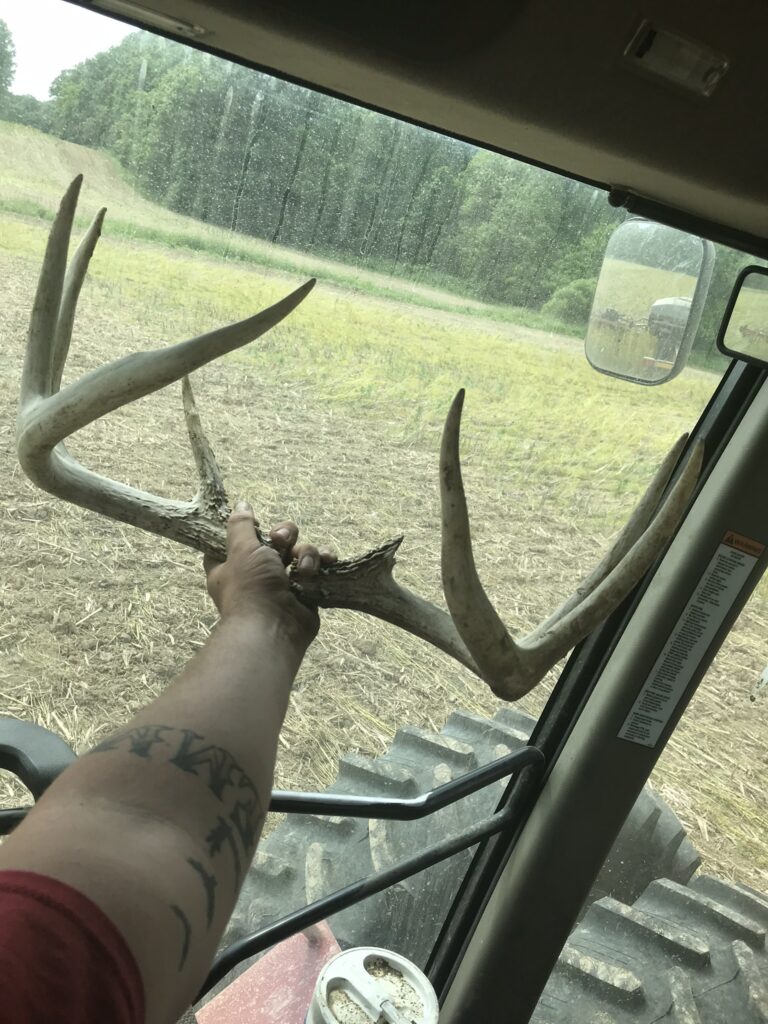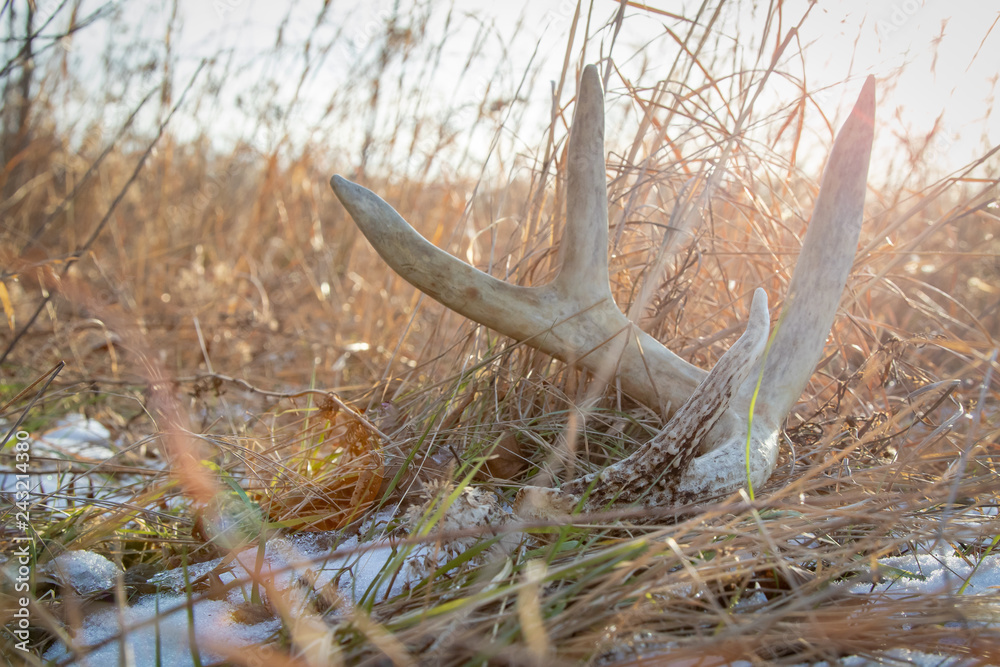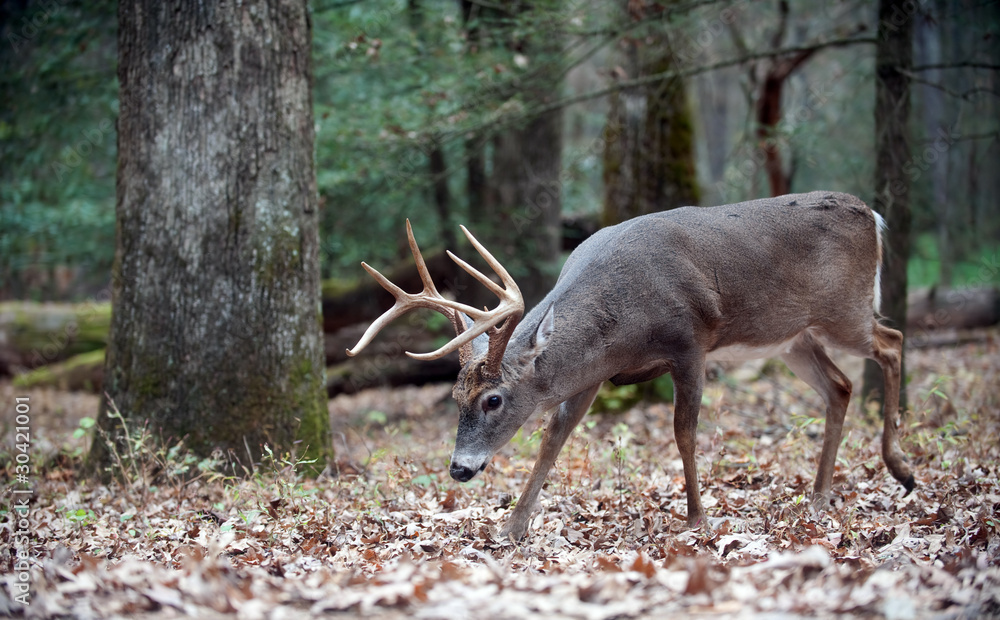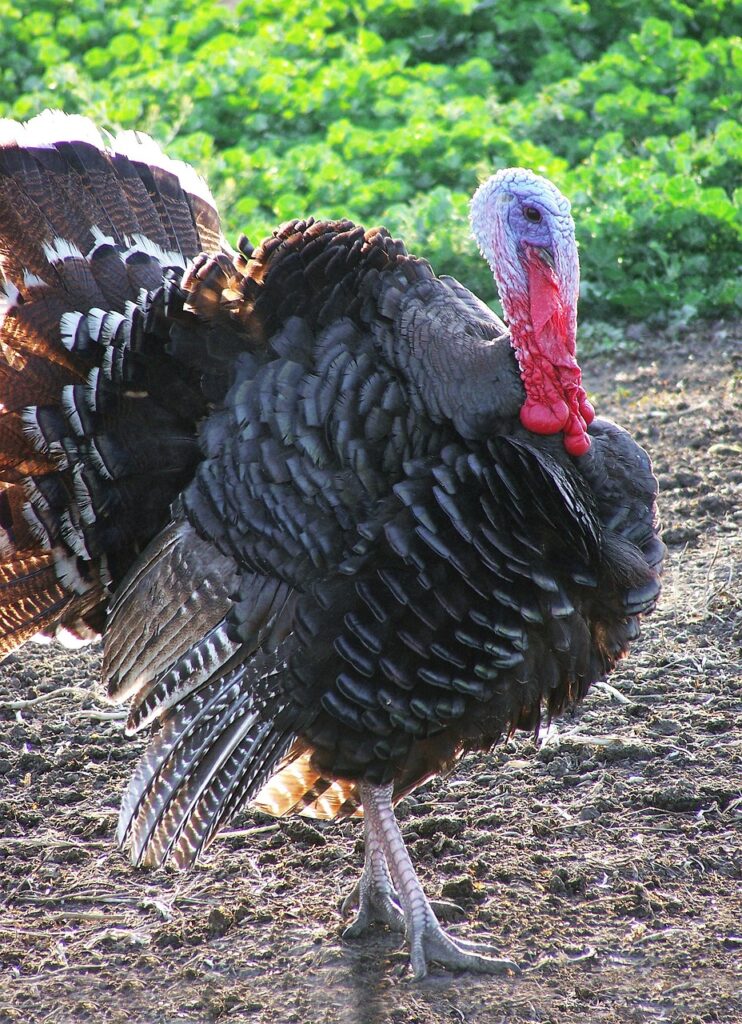Every year after waterfowl season comes to an end, I find myself momentarily asking myself the same question. What am I going to do now? Turkey season doesn’t come in for two months. This feeling is always short lived because I quickly remember shed hunting season is upon us.
Every year, whitetail deer shed their antlers and grow new ones. This usually happens between January and March. The loss of antlers is directly related to the breeding season. When the breeding season, or Rut, comes to an end, bucks will begin to lose testosterone. When this happens, the antlers let go and fall to the ground. For further information on the science, check out this post from Outdoor Life.
This phenomenon makes for a super fun activity that most deer hunters love to do. It is relatively easy to get permission to walk private property when all you’re doing is looking for antlers. Many articles have been written on this topic. However, some of them can be quite silly and tend to miss the commonsense aspect shed hunting.
Let’s discuss a few factors that may get your mind working a bit differently and increase your chances of finding antlers this spring.
The Difficulty of Shed hunting
To be honest right away, there is no magic solution to finding antlers. The fact is, they fall off and land on the ground wherever the buck happens to be at that exact moment. With that being said, antlers can literally be anywhere.
I have seen so many Pinterest articles and social media posts that show antler traps. These are basically bat piles with paracord or wire strung around to catch the antler and pull it off near the bait pile. I find this very silly and irresponsible. Deer do not loose these antlers at the exact same time. These traps are just going to catch antlers that aren’t ready to come off and this will only lead to problems.
Let’s move on from that and see if we can make some sense out of this and explore some options that may give you an edge.
train your dog for shed hunting
I’m going to be honest again. I am not sure how effective this is. My skeptical mind tends to believe that this may be too good to be true. However, there are many people online that swear by this method. I have never tried it, so I thought it would be worth a mention.
The idea is to play fetch with your dog using a deer antler. This will get your dog used to the look, feel, and smell of an antler. Then, when you go on a family hike to look for sheds, Rover might just bring you an antler.
Give it a try.
Use Wheels to find More Antlers
I have a lot of sheds in my house. The main reason for that is I grew up farming with my family. I found countless antlers in the spring from the cab of a tractor while discing or planting. Unfortunately, we found several by puncturing tires with them. You may be able to use this to your advantage when asking farmers for permission to check their land for antlers.

The fact is, you can cover a lot more ground in a vehicle than you can on foot. Use a side by side or a four-wheeler to cover a bunch of ground and look for antlers. Of course, this may be a harder sell when asking for permission. Be courteous and get proper permission before driving on someone’s land.
Antlers will be where deer like to be
This is obvious. When you want to find antlers, look in the areas that you typically see deer. If you always see them in one corner of a certain field, start there. From that point you can look for trails that lead to water sources, food sources, and bedding areas. Following trails and checking bedding areas may be the best use of your time.
Use Cameras to watch for antlers falling off
It’s always fun to run trail cameras. However, most hunters pull them when the hunting season ends. I would recommend keeping them going. This can tell you the exact time that certain bucks lose their antlers. It may be hard to distinguish bucks and does when antlers begin to drop. However, with a little practice you will be able to notice a buck that just lost his antlers. You can bet that they won’t be far from where the picture was taken.
Use Bait to attract bucks to a certain area
Now that the hunting season is over, it is legal in most states to start using feeders and mineral blocks again. This can be a good way to attract deer to a certain area. The more deer are attracted to an area, the more likely they are to drop antlers in this area. Use the bait in front of your cameras for a better chance of getting a picture.
Check Fence Rows
It just makes sense. If bucks have antlers that are working loose, and they jump a fence, there’s a good chance that antler will fall off right there. The impact from hitting the ground while crossing a fence may be just what it takes to knock one loose. Not to mention, they could catch their antlers on a limb overhead.
Fence rows are worth checking.
Use the High Ground to shearch for antlers
The chances of finding sheds will greatly increase if you have a higher vantage point. Walk hilltops looking downward to spot them. When travelling through the woods, opt towards walking the ridgelines looking down into ravines. This can greatly improve your chances for success.
Don’t Shy from the Thick Areas if you want to find sheds
I know these areas aren’t as fun to walk as the open fields and wooded ridgelines. But let me tell you, bucks love thick, nasty, grown-up areas. This is prime bedding land for bucks. Not to mention, all the thick stuff can assist with removing the antler from the buck’s head. Wear some good brier pants and charge in!
Cover more ground to make shed hunting more successful
Sometimes shed hunting just requires a lot of walking. But this is good. Walking is great exercise. You get to spend time in creation with family and even the dog. Use this time to not only get exercise and look for antlers, but to scout new hunting areas for next year. The more ground you cover the better your chances will be.
I wish I had some magical solution for you to be guaranteed to find more antlers. But the truth is, it just takes hard work and common sense. My advice is to learn to love the process and make the most of it.
For more hunting tips and tricks, check out my Hunting Posts.
Good Luck



